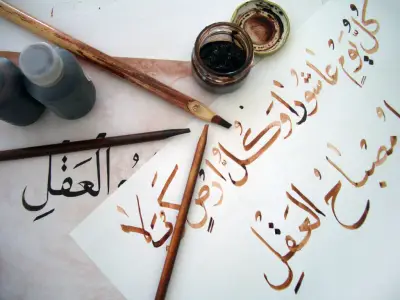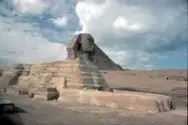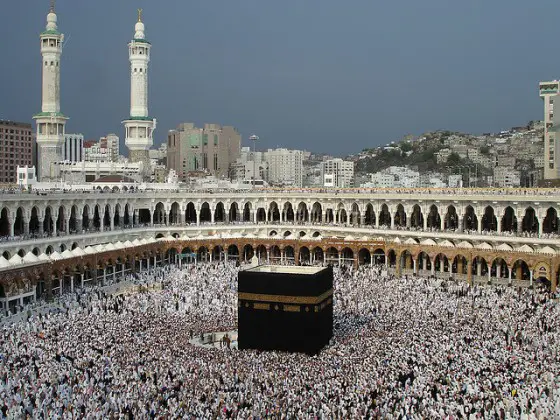2012 saw the celebration of the first annual Arabic Language Day. The day has been launched to pay tribute to a language that has contributed much to the spread and advancement of knowledge across many centuries, and which is currently used in some form by around 1.5 billion people. The celebration was organized by UNESCO, and the chosen date, December 18, marks the 39th anniversary of the UN’s official recognition of the Arabic language. The celebration emphasized key historical Arabic writers and influencers who played a critical role in passing on and elaborating ideas which originated with the classical thinkers of ancient Greece, keeping their ideas alive and translating them into forms which could be disseminated across vast distances. Thanks to the work of Arab scholars, ideas began to spread as new trade routes opened up and many of the key philosophers of Western society were first exposed to their greatest influencers.
But the Arabic Language Day is not only about paying homage to figures of the past. The day also represents an opportunity for those passionate about Arabic to float new ideas about how to further bolster and expand the language’s reach. It is a chance for some of the best Arabic thinkers to collaborate on ways to maintain and increase the use of Arabic is a world which is changing rapidly, both in terms of technology and the relationships between Middle Eastern countries – both their relationships to each other and their relationships to the world outside the Middle East.
More than 400 million people worldwide use Arabic on a daily basis, with many others around the world using it for prayer or as part of religious ceremonies. But not only is Arabic of importance for Muslims – it’s also a language of poetry, and a special event was held at the Egyptian Beit El Sit El Wasila to celebrate this particular aspect of the language. The Beit is a recently-restored building which is known locally as the ‘house of poetry’. It was originally built in the 17th Century and was restored by the Ministry of Culture to provide a heritage hub for locals and tourists.



